4-Day Single-Centre Geography School Trip to Iceland
Embark on a 4-day single-centre Geography school trip to Iceland and delve into the remarkable fauna and flora of the Land of Fire and Ice. Students will uncover Iceland’s status as a global leader in sustainable energy and experience the awe of volcanoes up close at the Lava Centre.
Highlights
Invigorating visit to the mineral pools of the Blue Lagoon
Stunning waterfalls of Gullfoss
Visit to the impressive Sólheimajökull glacier
Fissure dividing the Eurasian and North American plates
Churchdown School AcademyTrusted, helpful and quick to respond to any questions/issues
Suggested itinerary
What's included
Recommended excursions
Students can experience the unique and invigorating waters at the Blue Lagoon geothermal spa. Set in the middle of a black lava field on the Mid-Atlantic Ridge’s Western Volcanic Zone students can enjoy a dip in the mineral-rich waters. This is a man-made spa using the naturally heated water created as a by-product of a nearby geothermal power station. It is Iceland’s most popular visitor attraction. (NB: Minimum student age is 14 years).
Þingvellir is a tectonic rift valley occurring at a constructive plate boundary formed from oceanic crust. Here the Eurasian plate moves eastwards at approximately 7mm per year and the North American plate moves westwards 3mm per year. A lake fills much of the valley. Walk through the Almannagjá fault towards Europe’s oldest national legislative assembly, the Icelandic Parliament dating from 930. Trek through the rugged scenery and explore this site of geological and historical importance.
Kerið lies on the Mid-Atlantic Ridge’s Western Volcanic Zone, where the plate boundary has divided into eastern and western sections. The crater was formed almost 3000 years ago when volcanic activity caused magma to drain out of the volcanoe and the cone collapsed. The level of the lake inside the crater rises and falls with changes in the water table and the lake freezes over in winter.
Known as the ‘Golden Falls’, Gullfoss is Iceland’s most famous waterfall. A sight of natural beauty, students will notice the brownish colour of the glacial water caused by the sediments carried in the flow.
This is a geothermal area on the mid-Atlantic Ridge’s western volcanic zone with geyser, mudpools and hot springs. This is one of the most visited sites in Iceland. The rhyolite bedrock one kilometre beneath this site is at temperatures of 240°C. The famous Strokkur geyser erupts water and steam every few minutes reaching heights over 20m. The Icelandic word geysir has been adopted into the English language as geyser.
Seljalandsfoss and Skógafoss are two of the most noteworthy waterfalls in Iceland. These picture postcard waterfalls have a drop of around 60 meters and are a must see addition to your trip. Both Falls are from cliffs which are a former coastline, today the coastline is several kilometres away.
The small isolated settlement of Vik is a vital commercial centre for the rural communities of southern Iceland and is also a tourist hub. The dramatic coastline here is formed from sediments washed out from the mountains in subglacial eruptions eroded by powerful Atlantic waves. The cliffs are a nesting site for various birds including puffins, and the Katla volcano lies to the north.
See the expansive Sólheimajökull Glacier which stretches for approximately 8 kms with a maximum width of 2 kms. This valley glacier is a tongue descending from the Mýrdalsjökull ice cap. A guided walk on the glacier with specialist equipment allows students to truly experience this natural formation. Students will be able to recognise the scent of sulphur reminding them of the volcanic nature of this area.
What can be visited will depend on volcanic activity at the time of your visit but could include the following activities. Visit the Geothermal area of Krísuvík to see the boiling mud pools at Gunnuhver (hot springs). Columns of steam rise skywards, bubbling mud pools play their rhythmical symphony, and the banks around the hot springs are coloured green, yellow and red. Stop at Brimkettill, a lava rock formation shaped like a pool. Continue to the Bridge between two continents at Sanvik. Walk across the footbridge which spans a major fissure dividing the Eurasian and North American plates.
Stop at the largest geothermal power station in the world allowing students to witness Iceland’s pioneering work into sustainable energy. Over 99% of Iceland’s energy comes from renewable sources such as geothermal power, producing over 300MW of electricity. Boreholes drill down to 3000m, where temperatures are at 300°C.
Reykjavík is home to 130,000 people, and attractions include the harbour zone, distinctive Harpa concert hall, the hilltop modern Hallgrímskirkja (Hallgrím’s Church), a range of sculpture and art installations, and shops in characteristic architecture. The city is a great place to study tourism, urban planning and transport management, sustainability, coastal defense management and migration.
Perlan serves as a learning laboratory where guests can explore Icelandic nature through the lens of science and human perception. Visitors can discover Iceland’s rare and astonishing natural wonders through a series of exhibits and immersive presentations. The combination of cutting-edge technology and interactive experiences, along with captivating information and stories, makes the exhibitions unique, enjoyable and educational at the same time.
Highlights include a 100m-long indoor ice cave, a life-size bird cliff, a show about volcanoes and a Northern Lights show in the Planetarium.
A unique opportunity to experience real, flowing superheated molten lava in a safe environment. See, feel and smell the lava which enters the showroom at a temperature of 1100 C. The lava used in the show is created from basaltic tephra originating from the 1918 Katla eruption. Offering a mix of education, cultural insights and entertainment the show can be experienced in two locations, Reykjavik or Vik in the Katla UNESCO Global Geopark.
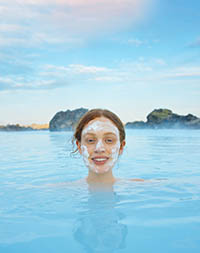
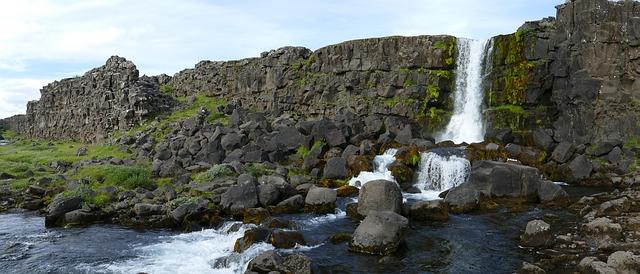
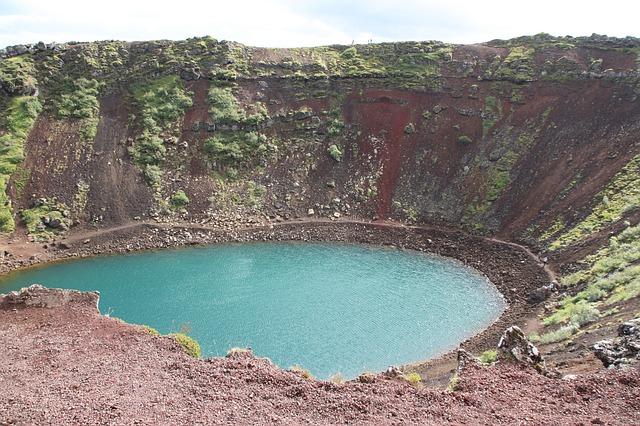
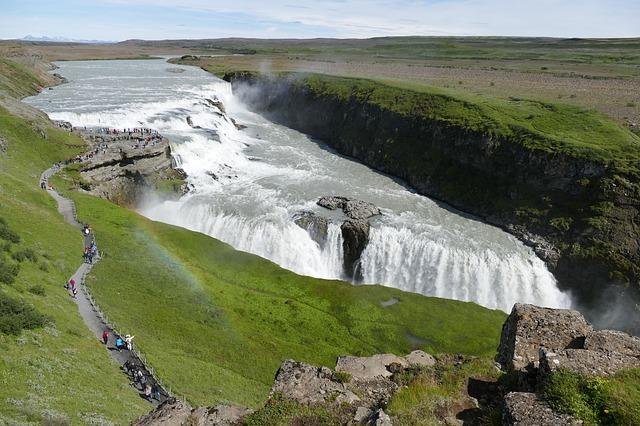
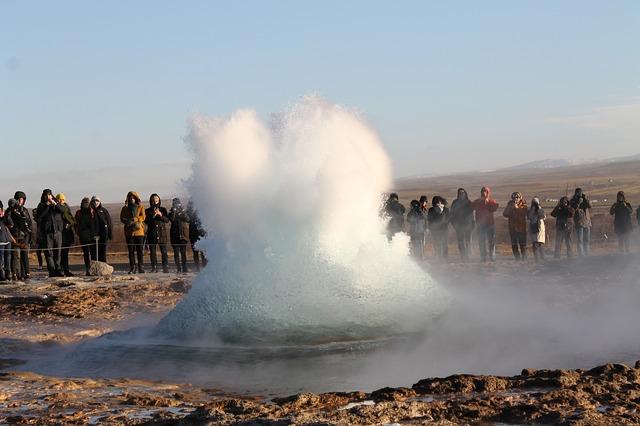
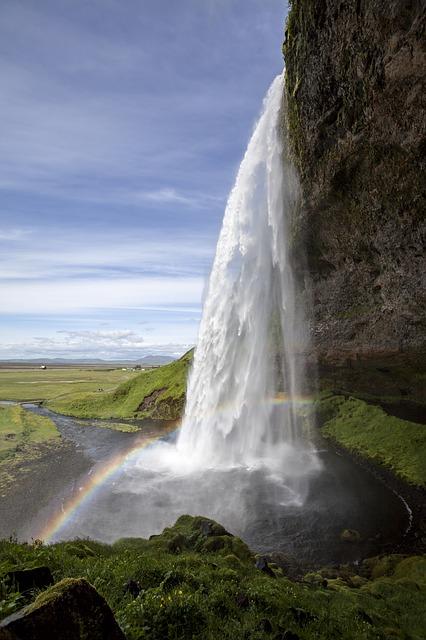
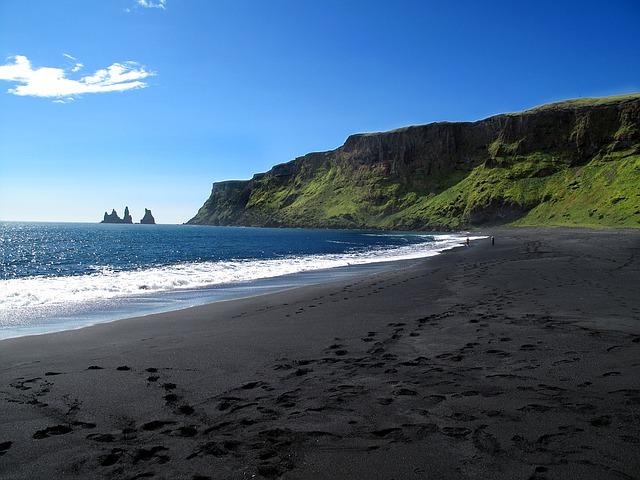
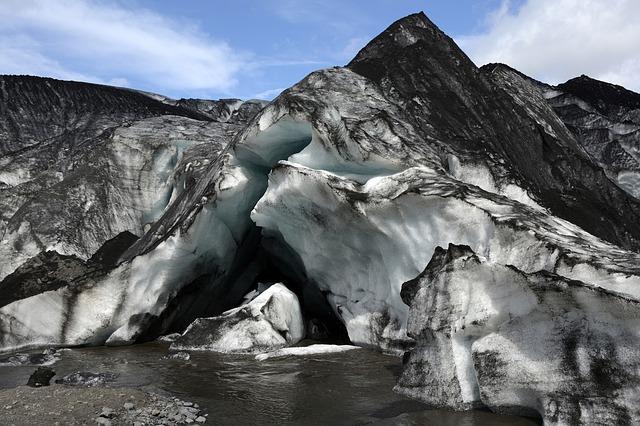
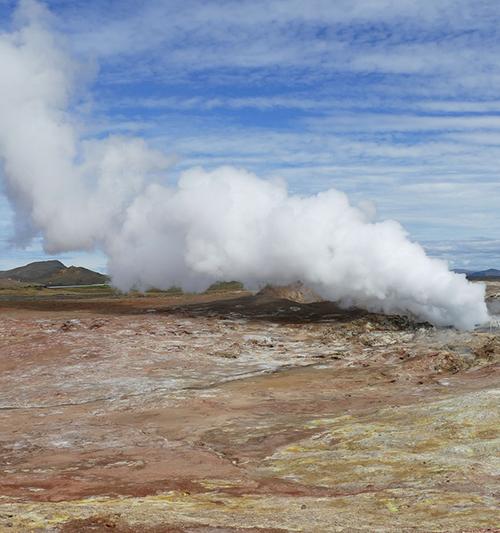
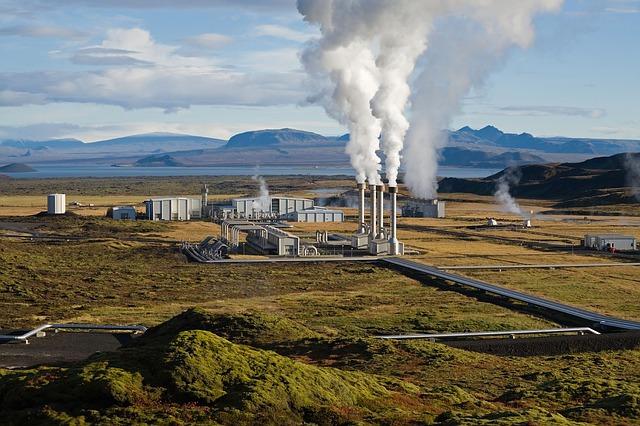
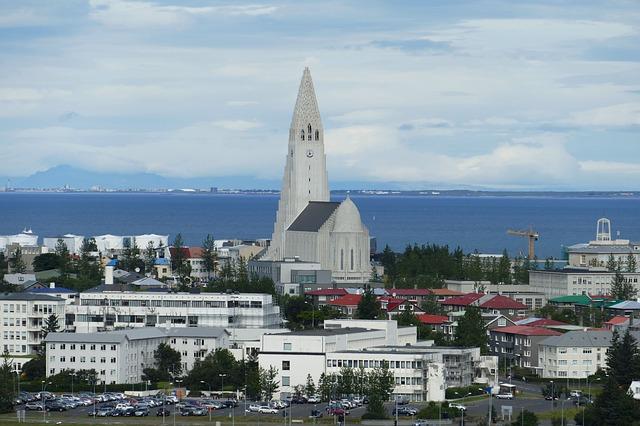
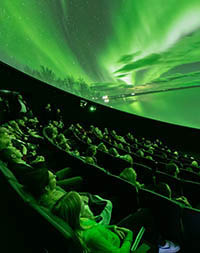
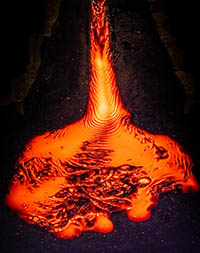
Typical accommodation
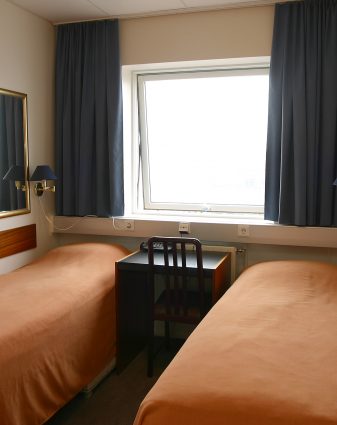
Why groups like it:
Facilities:
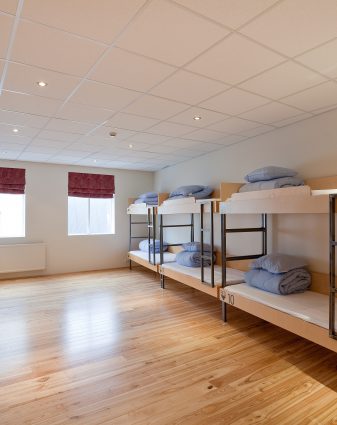
Why groups like it:
Facilities:
Geography learning outcomes
Subject focus
Students can:
- Develop a deeper understanding of human and physical geography, sustainability and the effects of tourism
- Explore Iceland’s geothermal activity
- Identify the impact of sustainability issues on local tourism
- Analyse factors that highlights Iceland as a global leader in renewable energy
Student outcomes
Students will have had an opportunity to:
- Learn about the effect of tourism on the communities and natural environment of Iceland
- Understand aspects of Iceland’s model for ecological sustainability
- See the examples of nature’s wonders and other outstanding geological features
- Consider the preservation and sustainability of the natural landscape
- Carry out field research in a spectacular setting


